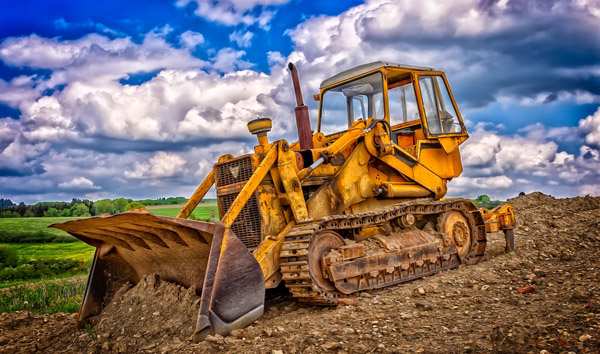Revolutionizing Earthmoving: The Future of Loader Technology
2025-07-09 04:15:23
The global loader market is projected to grow at a CAGR of 4.8% from 2023 to 2030, driven by increasing infrastructure development and automation. Modern loaders now integrate AI-driven telematics, enabling real-time performance monitoring and predictive maintenance. These systems reduce downtime by up to 30%, significantly improving operational efficiency in heavy-duty applications.
One of the most groundbreaking advancements in loader design is the adoption of hybrid and electric powertrains. Leading manufacturers like Caterpillar and Komatsu have introduced zero-emission loaders, reducing carbon footprints by 45% compared to traditional diesel models. These electric loaders not only comply with stringent emissions regulations but also lower fuel costs by an estimated 60% over their lifecycle.
Loaders equipped with autonomous capabilities are revolutionizing mining operations. For instance, Rio Tinto reported a 20% productivity boost after deploying autonomous loaders in its Pilbara mines. These machines leverage LiDAR and GPS for precise material handling, minimizing human error while enhancing safety in hazardous environments. The integration of 5G connectivity further ensures seamless communication between loaders and centralized control systems.
Another critical development is the use of advanced materials in loader construction. High-strength, lightweight alloys are now standard, improving load capacity while reducing wear and tear. Case studies from John Deere demonstrate that these materials extend loader lifespans by 15%, translating to long-term cost savings for operators. Additionally, ergonomic cabin designs reduce operator fatigue, boosting productivity by up to 12%.
Sustainability remains a key focus, with loaders increasingly incorporating renewable energy solutions. Solar-powered charging stations for electric loaders are being tested in Europe, aiming to cut reliance on grid electricity. Meanwhile, recycled materials account for nearly 25% of new loader components, aligning with circular economy principles. As the industry evolves, loaders will continue to set benchmarks in efficiency, automation, and environmental stewardship.














